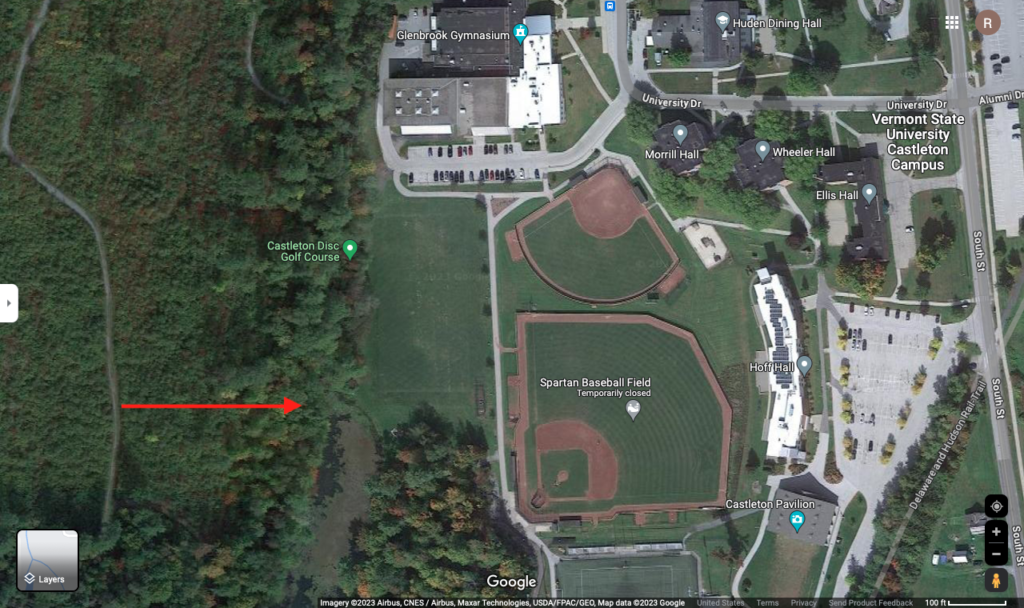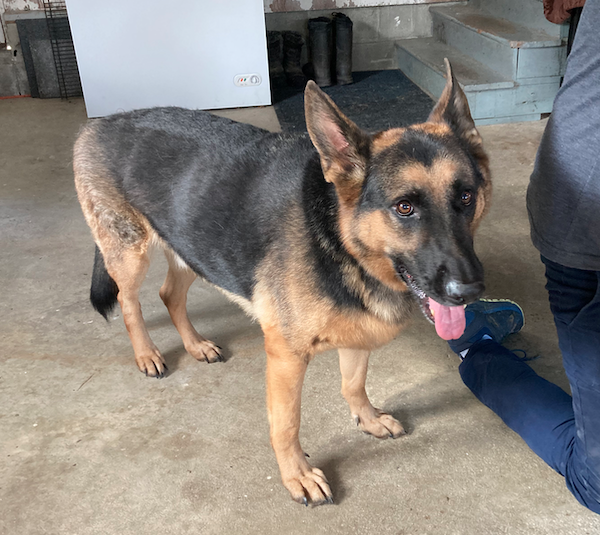Vermont Wolf Patrol was one of the eight wildlife advocacy groups on October 5, 2023, listening to the Vermont Fish & Wildlife Department’s presentation to the Legislative Committee on Administrative Rules (LCAR) on proposed changes to trapping rules, when unbeknownst to committee members, the day before, another dog had fallen victim to a body-gripping trap in Vermont. The Department’s legal counsel, Catherine Gjessing spoke to the minimal risk posed to pets and humans by Vermont’s estimated 300 licensed trappers at LCAR’s hearing to review proposed changes, which fell far short of the legislative mandate of Act 159 which states:
This act requires the Commissioner of Fish and Wildlife to submit to the General Assembly recommended best management practices (BMPs) for trapping that propose criteria and equipment designed to modernize trapping and improve the welfare of animals subject to trapping programs. The BMPs shall be based on investigation and research conducted by the Department of Fish and Wildlife and shall use the “Best Management Practices for Trapping in the United States” issued by the Association of Fish and Wildlife Agencies as the minimum standards for BMP development. After submission of the BMPs, the act requires the Fish and Wildlife Board to revise the rules regulating the trapping of furbearing animals in the State so that the rules are at least as stringent as the BMPs for trapping recommended by the Commissioner of Fish and Wildlife.
A large complaint of LCAR committee members was the failure to include setbacks for trappers on public trails on Vermont’s 100 Wildlife Management Areas, parks and even playgrounds and other places where people are expected to recreate. Department staff responded to the complaints with a proposal to return to LCAR on October 19, 2023 after the Department has had a chance to make improvements to the proposed minimal setbacks and take them to the Vermont Fish & Wildlife Board for approval and a vote on October 18, 2023.
Meanwhile, On October 3, 2023 a woman was walking with her dog on a path regularly used by students and staff on the Castleton University campus when her German shepherd, Gus ran towards the edge of a pond on campus where they normally played. Only this time, the dog began howling and the owner realized they had been caught in something metal. Over 200 yards away, university employees at a baseball field heard the dogs cries and came running to help. After more than twenty minutes, three people were able to remove the body-gripping trap from the dogs front leg which suffered a fracture and other injuries that required veterinary attention. This body-gripping trap set for “nuisance” beavers was just seven feet off a university trail.

The trap had been set a day before by a trapper referred to the University by a Vermont Fish & Wildlife warden. The University was responding to long-term problems with a manmade dam on a pond surrounded by public trails. At least three beavers had already been trapped using similar body-gripping “kill” traps which are known to take up to five minutes to kill beavers and other aquatic animals. Traps for beaver are commonly set immediately off of roads and culverts where beavers are active and near beaver dams. The trap that caught the 100-pound pet was a 330 body-grip trap that was set on the pond’s edge in inches of water.

Vermont Wolf Patrol and Animal Wellness Action’s Bob Galvin drove to Castleton, Vermont on October 6th to meet with Gus’ owner and hear firsthand what had happened. According to the local resident, beavers have complicated existing problems with a manmade dam on the college campus and it was recommended that a nuisance trapper be brought in to trap the animals. It isn’t yet known when exactly the trapping began, but by the end of the day on October 5th, all the traps had been removed and Vermont Fish & Wildlife wardens were investigating the incident.
The warden’s report on the Castleton incident.
Recent nuisance trapping for beavers in Castleton and West Pawlet has seen deadly body-gripping traps being set just feet off of trails regularly used by dog walkers. These “drowning sets” are intended to catch beavers who are either crushed in the body-grip trap, or drown when the trap drags them underwater. The Vermont Fish & Wildlife Department (VFW) is recommending changes to current trapping practices, as directed by the Legislature in Act 159 which seeks to reduce the incidents of domestic pet captures and reduce the level of suffering experienced by wildlife caught in Vermont traps. The Green Mountain state boasts a population of approximately 300 active recreational trappers. Last year, fifteen pets were accidentally caught in traps, the three that died were caught in body-gripping traps. There are no recommended changes from VFW in the placement of traps in the water and the current recommended setback of 100 feet from public trails would not apply to both nuisance trappers or trappers who place traps in the water, which is the most common form of trapping in Vermont, usually for beaver and muskrat.

It was just one week ago on September 30, 2023, when Vermont Wolf Patrol was less than an hour away in West Pawlet, where Vtrans trappers had placed five traps including three body-gripping traps less than fifty feet off the D&H Rail Trail which is also regularly used by dog walkers. This latest incident illustrates the very real danger body-gripping traps continue to pose to pets in Vermont, especially those placed in the water which are currently exempt from any Act 159 improvements, despite many public comments asking for them to be included in any changes to trapping practices. Instead, there are limited restrictions being placed on some body-gripping traps placed on land, but no proposed changes to the practice of placing traps immediately off of roads and trails in the water. Again, the beaver trap in Castleton was just seven feet off the trail.
Vermont’s Legislative Committee on Administrative Rules (LCAR) is continuing to review VFW’s recommended changes to trapping and coyote hound hunting rules, having held a public hearing on October 5th, just two days after the Castleton trapping incident. At the hearing, VFW Legal Counsel, Catherine Gjessing testified about the “low-risk” trapping poses to people and pets in Vermont, incorrectly citing that one of the dogs killed in a body-gripping trap in 2022, was caught in an illegal trap. Vermont Wildlife Patrol provided LCAR with the VFW warden’s report for the trapping incident in Underhill last October, where a woman’s dog was killed in a legally set body-gripping trap. At the October 19th LCAR hearing, Gjessing again presented on the trapping and hounding proposals and the committee received testimony from 39 individuals including two of the women who’s dog’s have now been caught recently in body-gripping traps.
The next LCAR hearing on trapping and coyote hound hunting rules will be on November 2, 2023. The following is the recorded hearing from the October 5 & 19, 2023 LCAR session where Vermont Fish & Wildlife legal counsel defended the recommended changes and Vermont Wildlife Patrol testified about the failed “Best Management Practices” testing of the 220 body-gripping trap and its inability to kill fishers in the required five minute threshold for BMP kill traps.

Concerned Vermonters should contact their representatives and let them know that Act 159 does not go far enough to limit the dangers posed to pets and people by some of the most common trapping practices in Vermont. According to Vermont Fish & Wildlife law enforcement, beaver and muskrat trapping, in the water, is the most common form of trapping in the state, often occurring in culverts just feet off roads and trails.
Vermonters! Find Your Representatives!
legislature.vermont.gov

Beavers save and create bird habitat not destroy it.
Trapping is abuse for any animal caught in it. They suffer and there is no control of what type of animal is killed. They are just like setting a land mine out there that is triggered anyone or thing. Trapping should be banned
The Please BAN body Gripping traps and other traps permanently. They KILL dogs and revered wildlife.